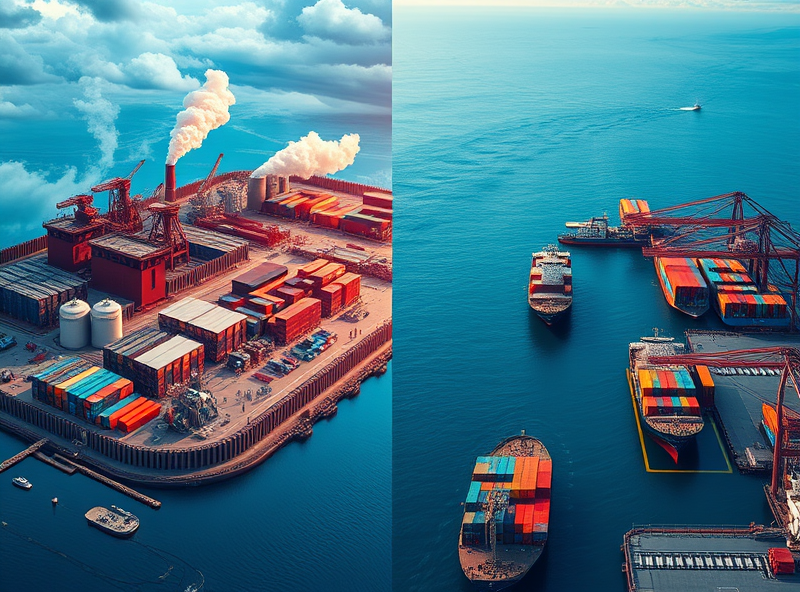The Economic Impact of Tariffs
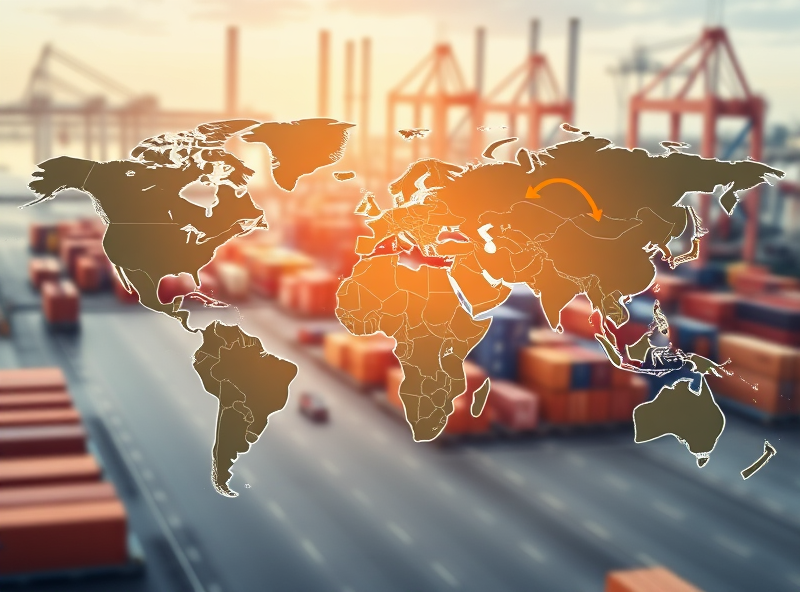
Tariffs, which are taxes imposed on imported goods, can have significant ripple effects on both domestic and global economies. For businesses, tariffs often mean higher costs for imported materials, which can lead to increased prices for consumers. This can reduce consumer spending and potentially slow economic growth. On a global scale, tariffs can disrupt trade relationships, leading to retaliatory measures from other countries and creating uncertainty in international markets. While tariffs are sometimes used to protect domestic industries, they can also lead to inefficiencies and limit access to competitively priced goods. For individuals, understanding the impact of tariffs can help in making informed decisions about investments, as industries affected by tariffs may experience fluctuations in stock prices. Staying informed about trade policies and their implications is crucial for navigating today’s interconnected global economy.
U.S. Stock Market Amid Global Trade Changes
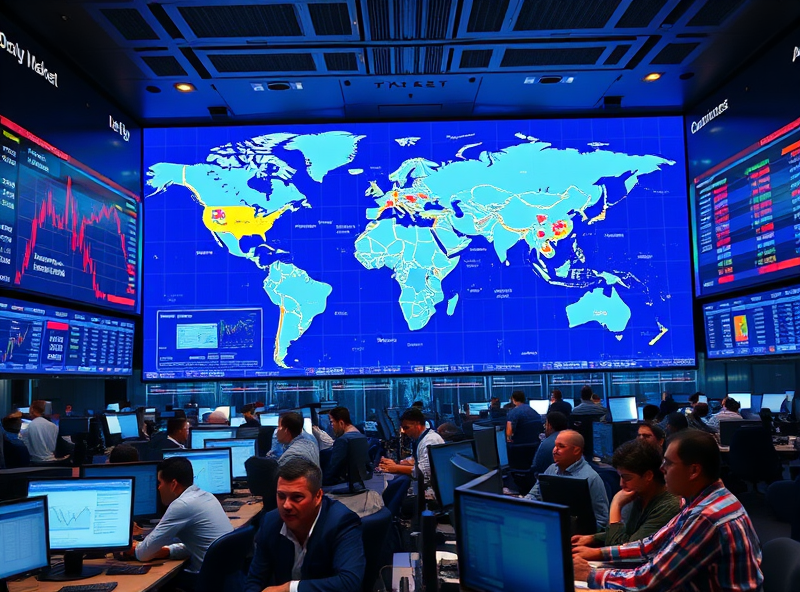
The U.S. stock market is deeply intertwined with global trade dynamics, and changes in trade policies or global economic conditions can have significant ripple effects. For instance, when tariffs are imposed or trade agreements are renegotiated, they can impact industries like manufacturing, technology, and agriculture, which are closely tied to international markets. Investors often react to these changes, leading to fluctuations in stock prices. For example, higher tariffs on imported goods can increase costs for companies reliant on global supply chains, potentially reducing their profitability and stock performance. On the other hand, certain sectors, such as domestic manufacturing, might benefit from protective trade policies. Understanding these interactions can help investors make informed decisions and adapt their strategies to navigate the evolving global trade landscape.
U.S.-China Trade Relations and Market Reactions
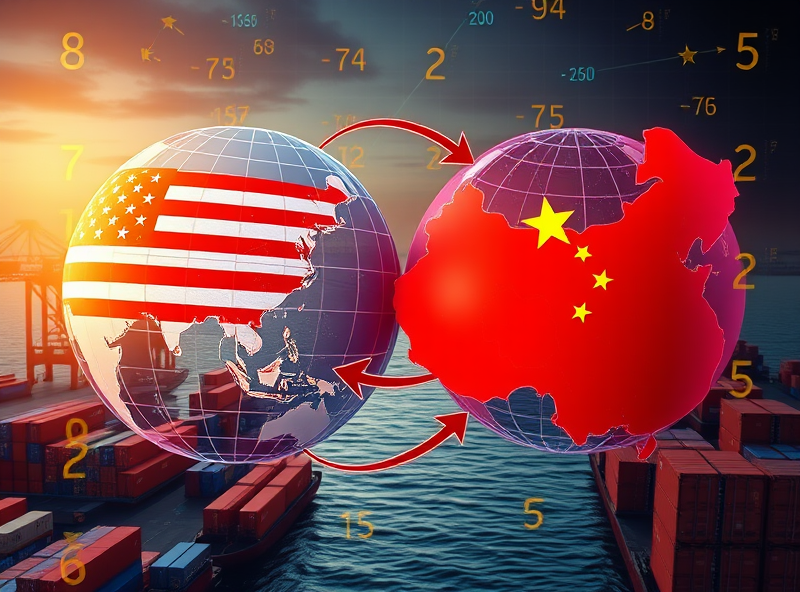
The trade relationship between the U.S. and China is one of the most significant factors influencing the global economy and financial markets. When tariffs are imposed or trade policies shift, it creates ripple effects that impact not only the two nations but also global trade dynamics. For instance, higher tariffs can lead to increased costs for businesses, which may pass on these costs to consumers, resulting in inflationary pressures. Additionally, market reactions to trade tensions often manifest in stock price volatility, particularly in industries like technology, agriculture, and manufacturing that are heavily reliant on international supply chains. Investors should pay close attention to trade negotiations and policy changes, as these can create both risks and opportunities in the market. Staying informed and diversifying investments can help mitigate potential negative impacts while capitalizing on emerging trends.
Manufacturing and Protectionism: Key Takeaways
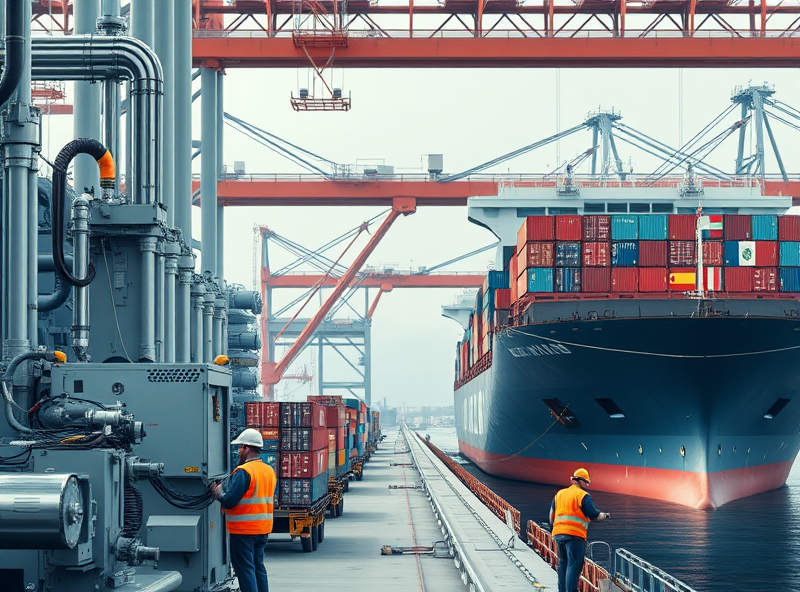
The intersection of manufacturing and protectionism has become a critical topic in today’s global economy. Protectionist policies, such as tariffs and trade barriers, are often implemented to safeguard domestic industries from foreign competition. While these measures can provide short-term benefits, such as protecting local jobs and fostering national industries, they can also lead to unintended consequences. For instance, higher tariffs on imported goods may increase production costs for manufacturers who rely on global supply chains, ultimately leading to higher prices for consumers. Moreover, retaliatory tariffs from other nations can escalate trade tensions, disrupting international trade and reducing market access for exporters. Understanding the balance between protecting domestic industries and maintaining healthy global trade relationships is essential for policymakers, businesses, and consumers alike. By fostering innovation and competitiveness within domestic industries, countries can better position themselves in the global market without overly relying on protectionist measures.

